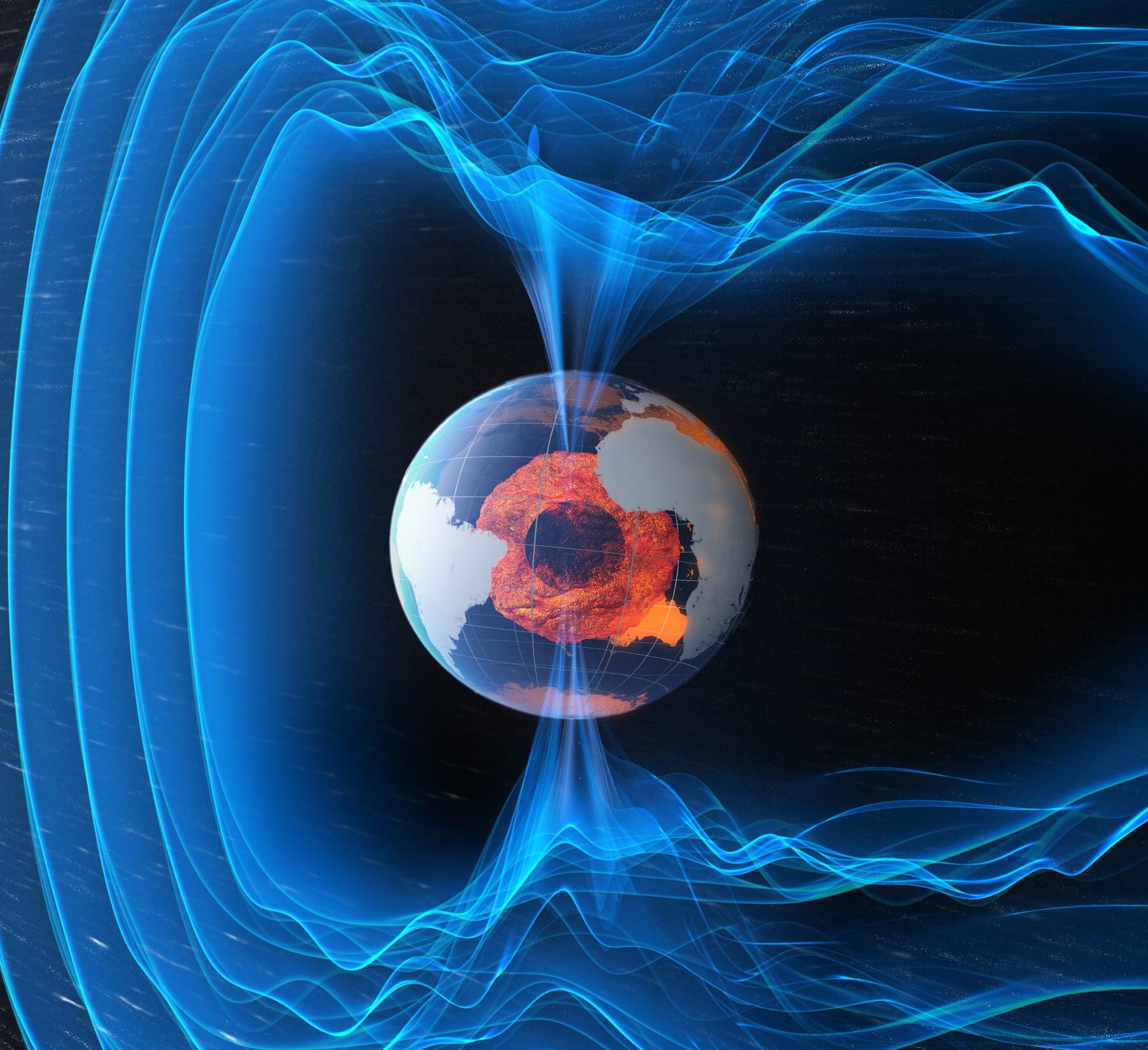

Place the globe on a counter so that it is tilted to the right or left (i.e. Notes on Lab Activity #2: Why is it Warmer at the Equator Than it is at the Poles? The students may need a fair amount of prodding and questioning to get to the correct answers. Questions 1 and 2 on page 3 typically generate a great deal of discussion. In the table at the bottom of page 2, fill in appropriate landmarks in your local area that are located at the model distances. When you get to "Earth," have the students place the moon at the appropriate distance from Earth and point out that, coincidentally, the moon and sun look the same size as seen from Earth. I recommend doing the outdoor activity as a whole class with student volunteers to represent each planet choose the tallest person in the class to pace off the distances. Notes on Lab Activity #1: Scale Model of the Solar System I pointed out that she was contradicting herself, which caused her to engage in some deep thinking which culminated in an "Aha!" moment that she absolutely delighted in. Yet, she then attributed the temperature differences between the equator and the poles to differences in their distances to the sun. For example, one student adamantly insisted - despite the protestations of her team members - that the equator was not significantly closer to the sun than were the poles.

In my experience, students are often inconsistent - gently call them on this.
#Gprojector shift poles full#
General Comments: This activity can be completed in two hours if students give it a superficial treatment, but three to four hours are required for an in-depth exploration, including the confrontation of any misconceptions and the construction of a full understanding of the concepts.Īs students work through these activities, encourage them to engage in lively conversations, continually brainstorming, questioning, and checking for consistency. This seemingly unrelated topic is included in this activity because an accurate perception of the scale of the solar system helps students understand that (1) Earth's equator is not significantly closer to the sun than are its poles, and (2) all sunrays intercepted by Earth are essentially parallel to each other, whether they strike the equatorial or polar regions - a concept that is essential for understanding how and why the angle of incident sunlight varies systematically with latitude and season. Along the way, this activity helps students visualize the true dimensions of the solar system and the various objects within it. The guided-discovery activity described here helps students confront and overcome both of these common misconceptions as it guides students toward an understanding of how and why the angle of incident sunlight determines the intensity of the solar energy that strikes the ground and hence how the angle of incident sunlight can be used to explain both seasonal and latitudinal differences in temperature. For example, many people know that the southern hemisphere experiences winter while the northern hemisphere experiences summer (and visa versa), but they explain this phenomenon by erroneously stating that the northern hemisphere is closer to the sun in June than it is in December because Earth's tilt toward the sun in June makes the northern hemisphere "bulge out" toward the sun. Many people combine the two misconceptions.
#Gprojector shift poles series#
It is, for example, stated as fact in one of the (to remain nameless) "Geology Underfoot" series of guidebooks.
#Gprojector shift poles professional#
Even professional geoscientists sometimes hold the latter misconception. the equator "bulges out" toward the sun). A closely related and perhaps more common misconception is that the equator is warmer than the poles because the equator is significantly closer to the sun than are the poles (i.e. One of the most common and persistent scientific misconceptions is that Earth's seasons are caused by Earth's distance from the sun.


 0 kommentar(er)
0 kommentar(er)
